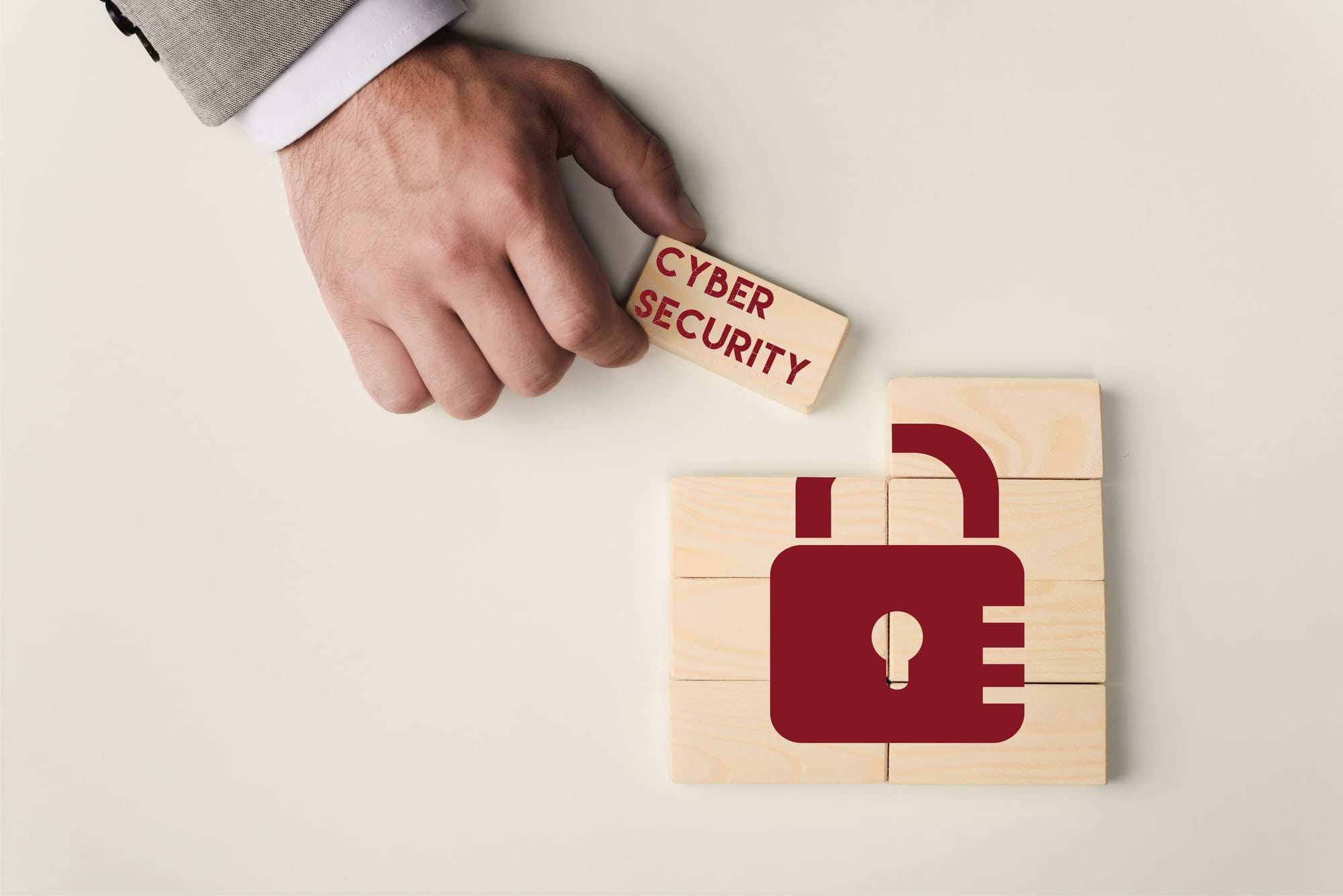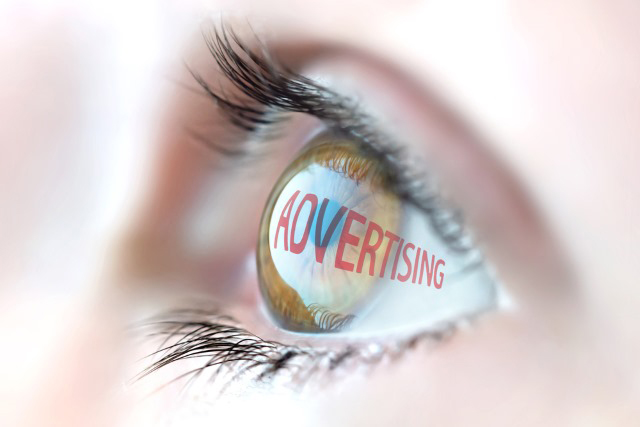
The SaaS-data protection disconnect: Are you sleepwalking into a catastrophe?
In recent years, demand for Software-as-a-Service (SaaS) solutions such as Salesforce, Google Workspace and Microsoft Office 365 has exploded. Indeed, by 2025 it’s been projected that SaaS will account for 85 percent of the software that organizations use.
While these cloud-powered software services are now mission-critical for most organizations, many are sleepwalking their way into a potential data loss disaster. Why? Because they’re relying on their SaaS providers to do all the heavy lifting where data protection is concerned.

Three must-know cybersecurity building blocks
The increasing sophistication of cybercriminals significantly influences the rise in cybercrime, the frequent lack of sufficient cybersecurity measures, and the high profitability of cybercrime. Cybercriminals constantly refine their skills, developing advanced malware and phishing techniques to bypass security protocols. This progress often outpaces many businesses' and individuals' ability to safeguard their digital assets -- as a lack of resources, underestimation of risk, or insufficient awareness often results in inadequate cybersecurity measures. Further fueling this upward trend is the lucrative nature of cybercrime, with offenders able to amass significant profits from stolen money or data, often with a low risk of apprehension due to the anonymity of the internet and digital currencies.
A recent BlackBerry Global Threat Intelligence Report observed up to 12 attacks per minute from December 2022 to February 2023, and the number of unique attacks using new malware samples skyrocketed by 50 percent -- from one per minute in the previous report to 1.5 per minute during this reporting period. The most common weapons were droppers, downloaders, remote access tools (RATs), and ransomware, with the most significant target being the healthcare industry.

The pros and cons of outsourcing data analytics
Today, companies utilize data analytics not only to understand past performance but also to predict future trends and make strategic decisions. However, as the volume and complexity of data continue to grow, many companies find it challenging to manage their data analysis needs in-house. Outsourcing data analytics has emerged as a potential solution to this challenge, and it is expected to become an increasingly popular option.
According to a report by Allied Market Research, the data analytics outsourcing market is projected to see an impressive compound annual growth rate of 29.4 percent between 2017 and 2023. In this article, we will explore the pros and cons of outsourcing data analytics, thereby providing insights to assist businesses in making informed decisions regarding this critical aspect of their operations.

Securing supply chains: Navigating risks in the evolving threat landscape
Across the interconnected global economy, complex supply chains ensure the seamless flow of goods and services across every industry. However, as cyber threats continue to evolve, organizations throughout this ecosystem are, often unknowingly, being exposed to more and more security risks as a direct result of being part of the chain. This creates a range of critical challenges for organizations whose very existence is dependent on the reliability and integrity of their supply chains at all their various levels.
Understanding the various stages of contemporary supply chains -- from material sourcing to manufacturing, transportation, warehousing, and distribution -- is essential for identifying potential vulnerabilities, with each stage susceptible to different types of risks.

Understanding common internet-facing footholds exploited by bad actors
Ransomware remains a persistent threat with real-world consequences, with the ability to halt business operations, and cause significant reputational and financial damage.
Ransomware incidents have gained the attention of the general public with attacks like the Colonial Pipeline that led to fuel shortages, and WannaCry that led to British hospitals diverting patients. Despite an increased level of awareness at the board level, ransomware attacks continue to plague organizations.

Consumer trust in biometrics: Are we there yet?
Advancements in technology have led the digital world and the physical world to collide. Digital authentication and biometrics are a prime example; in many cases they improve the customer experience, enabling features like self-check-in to hotels and streamlined payment processes at retail establishments. But these innovations raise questions about privacy and security, even as conversations around a "passwordless world" heat up.
Incode conducted a global survey of 1,000 consumers, aged 25+, in English speaking countries across North America, the UK, and Asia Pacific regions to gauge their sentiment toward biometrics and digital authentication. Here’s what Incode’s "Consumer Pulse on Trust in Biometrics"survey revealed.

Three of the world's most expensive phishing attacks... and how they could have been prevented
A number of high-profile cyber-attacks in recent years have thrust cybersecurity back into the spotlight. In light of the HAFNIUM hack, cybersecurity has become a major focus for many businesses. Although the hack itself was not the result of human error, it was a wake-up call for organizations to make sure they were fully protected.
The UK's Department for DCMS’ Cyber Security Breaches Survey 2021 revealed that phishing is still the most common cause of cybersecurity breaches, accounting for 83 percent of all successful attacks.

How small business owners can reassess their cybersecurity strategies during economic downturns
The economic headwinds are blowing, and that has a lot of people nervous, not the least of whom are small business (SMB) owners across the country. With talk of recession in the air, SMB owners and their investors are paying extra attention to their bottom lines to maintain efficiency and innovation while managing costs. In many cases budgets are being squeezed, body counts are being leveled or reduced, and programs thought to be outside the core function of the enterprise are being slashed. It is unfortunate, however, that cybersecurity is often among the programs on the chopping block as it is perceived to be a less-than-essential expense.
As a former (and current) small business owner whose previous business was decimated by a malicious cyber-attack, I can attest to the short-sightedness of the belief that cybersecurity is an add-on, not a must-have.

Data clean rooms: The power of second-party data
A staggering 81 percent of advertisers depend on third-party data to reach customers and understand prospects’ buying habits. Their reliance on this data, however, comes with a problem. Exponential cookie decay, government legislation, and increasing consumer demand for data privacy make accessing this data more difficult.
Many brands are turning to data clean rooms (DCR) as a solution. DCRs help companies leverage second-party data to hone their marketing and advertising. In fact, 80 percent of advertisers with media buying budgets over $1 billion will use DCRs by the end of 2023. So, what makes DCRs so popular? This article will show how DCRs can be an incredibly powerful MarTech tool that fosters collaboration among brands, enabling them to gain insights, form ‘lookalike’ audiences, and advertise directly to their user base.

Text messaging's potential could lead to huge growth for the mobile industry
If you are under 30, you’ve never known a world without texting. Even if you’re much older, messaging has been ubiquitous for so long, it’s easy to forget you never knew the power of your thumbs when you were a child. Text messaging can mean different things to different people. Some equate text messaging with SMS. For others -- and I fall into this camp -- text messaging is a wider catch-all for SMS and chat apps such as WhatsApp, Viber etc. That’s the definition we’ll be going with.
Trillions of texts are sent every day. It is a technology we are very comfortable with. And it’s not just personal messages we are happy to receive. Many research companies in the sector report that when consumers are asked how many A2P (Application-to-Person) SMS they receive from organizations each month, the figures the people quote are actually lower than the actual number of messages they receive. This is down to so many not regarding messages from organizations such as dentists and hospitals as being business-to-consumer (B2C) type messages when they actually are.

Adapt or get left behind: Why 'shift everywhere' is the new imperative for application security
Digital transformation is now an integral part of the success story of every modern organization. However, there is ever greater pressure on developers to speed up release cycles as the software on which organizations rely. This is the foundation for revenue growth, competitive advantage and long terms business success so the impetus to reduce lifecycles is built on commercial necessity.
Organizations want to be the first to market with the latest and greatest software which can mean that risks are introduced as the pressure to meet a deadline surpasses the need to ensure that all code is free from any vulnerabilities.

Why Google's new AI search may be a bad deal for users
Google says its new generative AI feature will start a "new era of search" by "unlocking new types of questions" and "transforming the way information is organized." But a closer look at Google’s own promotional materials reveals a downside: you may have to face a barrage of ads every time you use it. But how many ads is too many? For Google, it seems, there is no limit.
Google offered a sneak peek at ad placements in its brand new Search Generative Experience (SGE) at an event for advertisers on May 23. There, Google revealed that ads would not only appear before and after the AI-powered snapshot, as originally announced, but would also infiltrate the AI-generated responses. And if the example Google gave is anything to go by, it's not a pretty sight.

Supercharge your online visibility: 10 strategies at the intersection of social media and SEO
Visibility is everything in business. That used to include spending money on a billboard and a flashing sign, but today it's all about your web presence. Google reports that 97 percent of consumers look for local businesses online. If you're a single entrepreneur or freelancer, you must have a good presence in web to stand unique from everyone.
However, what exactly is an online presence? How do you stand out from the crowd when there are so many small enterprises vying for customers' attention? This manual will explain the advantages of building an online brand for you and show you how to do it successfully.

A better way to conduct enterprise penetration testing
Penetration testing for enterprise security operationalizes the function of security testing for an organization's offensive security program.
Centralizing penetration testing into a core function of the enterprise can provide significant ROI; however, it also requires a new level of considerations, that when applied correctly, can significantly improve overall security outcomes.

Wary of a recession? Increase your investment in cybersecurity technologies
Leading organizations in all industries have accelerated their digital transformation and change management over the past three years, and for a good reason. According to Deloitte, meaningful digital transformation initiatives can unlock up to $1.25 trillion in market capital across Fortune 500 companies, with similarly positive results demonstrated for mid-range and small enterprises.
The key word here is "meaningful." But what constitutes beneficial change management processes versus directionless spending?

